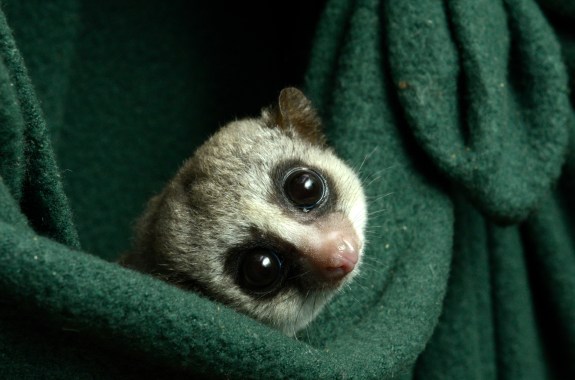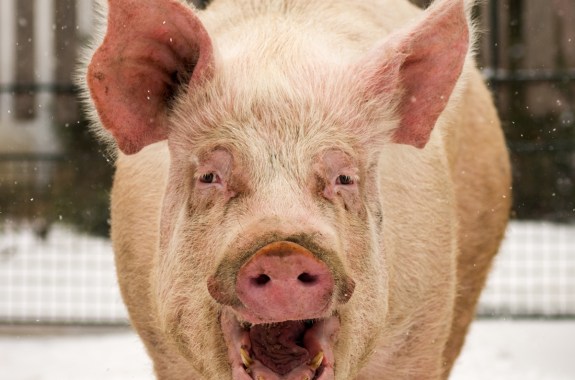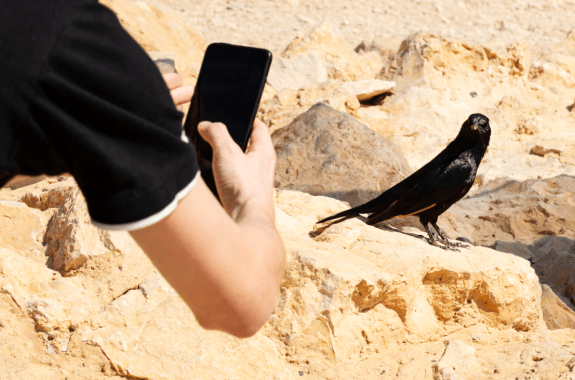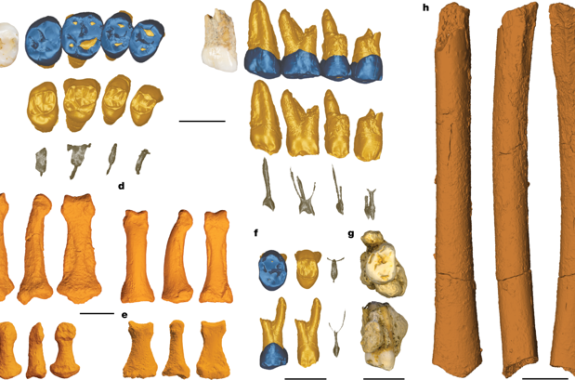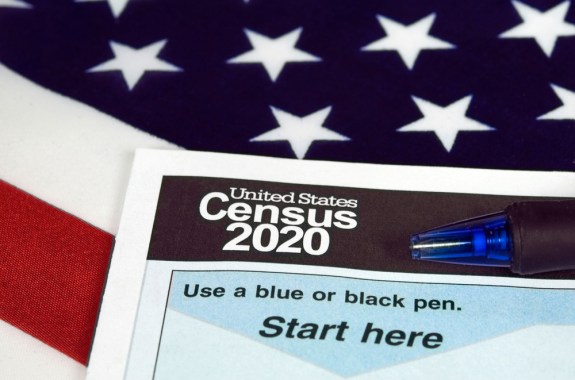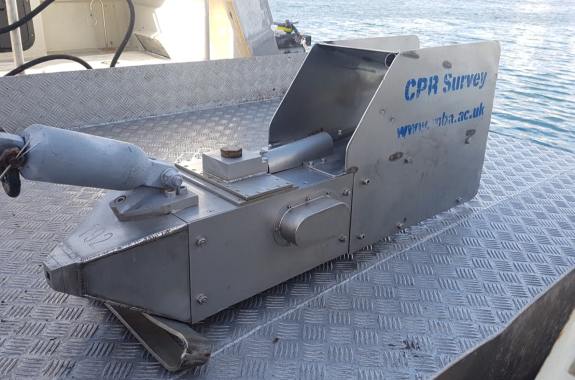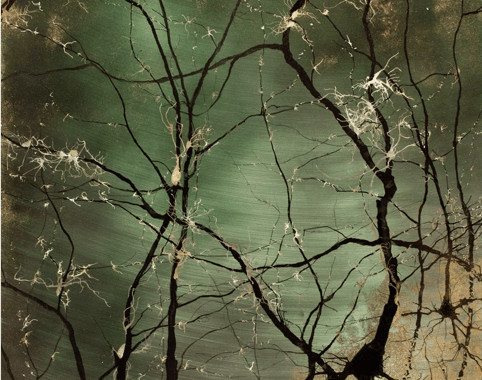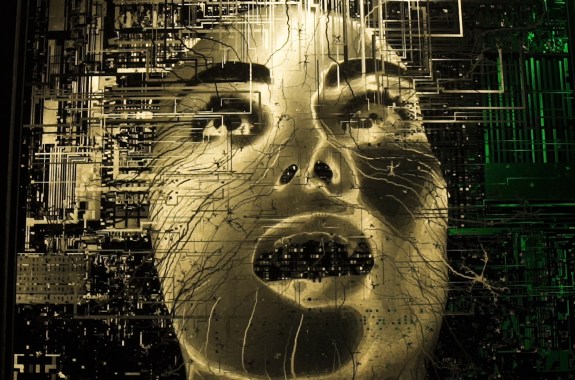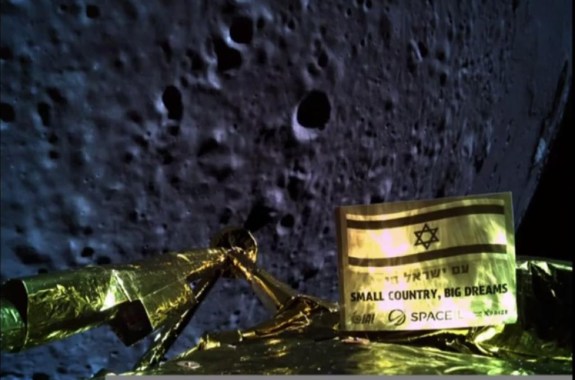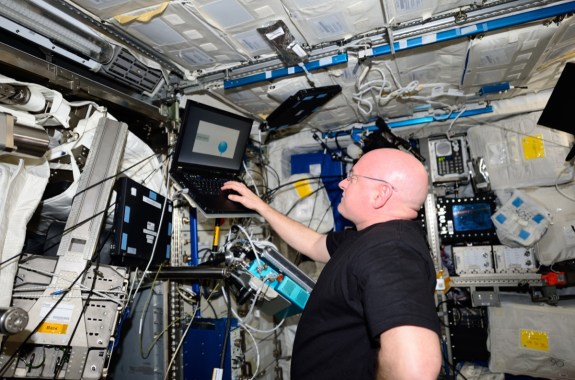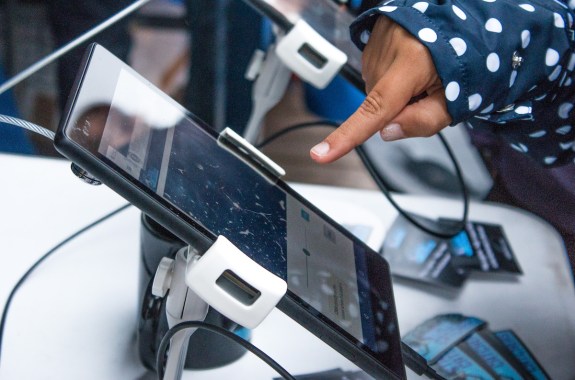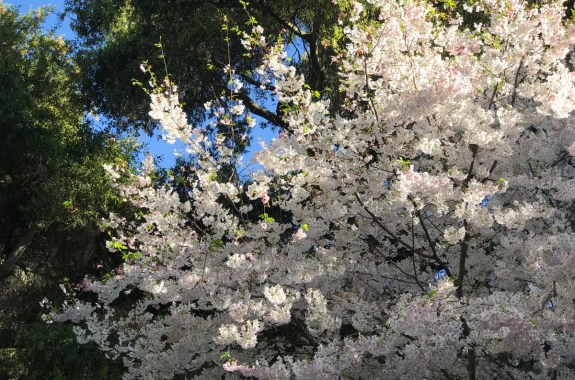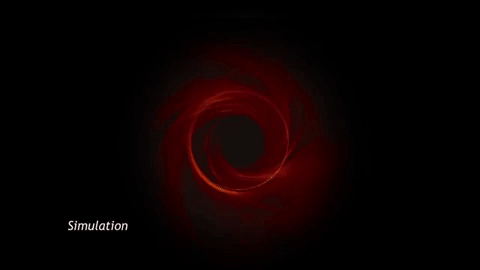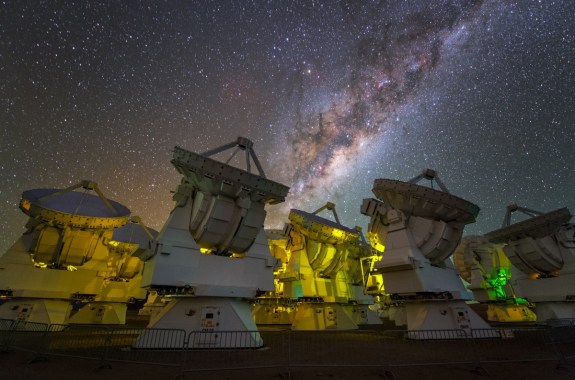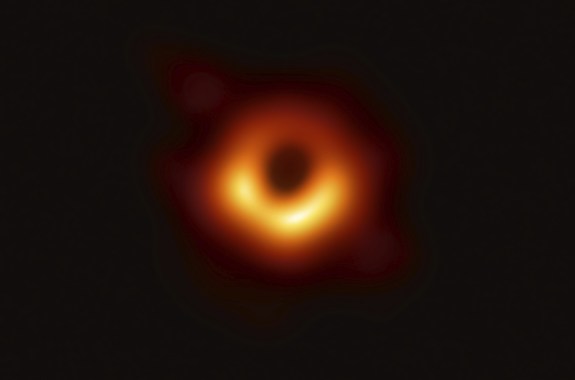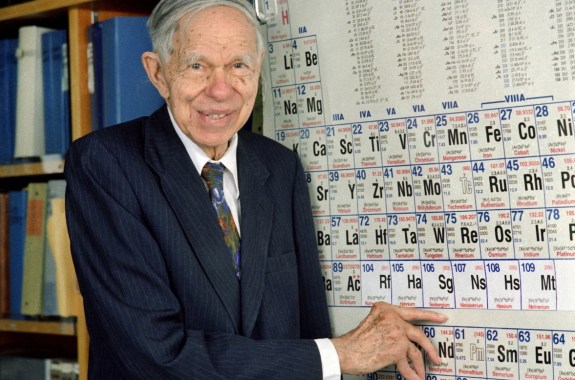February 28, 2025
A federal DEI ban is already prompting changes across science agencies. How will it affect medical research? A journalist traveled to five continents to learn about the afterlife of our trash, and why most “recyclable” plastic actually isn’t. And, the ocean liner SS United States will become an artificial reef in Florida. How do artificial reefs work?
Science Friday Is Measuring ‘Degrees Of Change’—And We Need Your Help
Climate change is happening. Our new series ‘Degrees Of Change’ explores how we’re adapting to it.
Sleeping Cutie: The Hibernation Habits Of Dwarf Lemurs
Dwarf lemurs and humans share a significant gene that could influence the future of heart surgery and space travel.
7:32
It’s Alive! Sort Of.
Researchers have managed to keep cells functioning in pig brains hours after death—but the brains show no evidence of neural activity.
4:17
Do Plants And Birds Deserve Online Privacy?
Citizen science apps let people get out and explore nature. But they can also draw unwanted attention to threatened species.
11:28
What Makes A Species Human?
Researchers have discovered a new species of ancient human—but its placement on the human family tree is still up for debate.
17:15
How Is Your Data Used When You Turn In Your Census?
Census data is used to evaluate everything from redistricting to family policy leave policies.
9:56
The Little Plankton Recorder That Could
For half a century, a humble metal box has scoured the seas for plankton. Nowadays, it’s more likely to find plastic.
6:19
Painting The Brain As A Sacred Object
Artist and neurologist Greg Dunn creates neuroscience-inspired art that mimics the firing of the human brain.
33:37
The Future Of 5G
The next generation of wireless is on its way. Experts explain the science behind the new tech, plus why some are cautioning a slower rollout.
Etched From The Mind
Neuroscientist and artist Greg Dunn illuminates the intricate processes of the brain.
Searching For Sakura
Collingwood Ingram became enamored of Japan’s cherry blossoms during his honeymoon. He would devote his career to saving them.
6:19
An Attempted Moon Landing Fails In Final Minutes
Beresheet, a moon lander from Israel, crash landed on the lunar surface.
5:19
A Coral Rescue Effort—In Arizona
A project aims to use the artificial sea of Biosphere 2 as a testing ground for bringing back coral reefs affected by climate change.
21:21
After A Year in Space, Subtle But Lingering Changes
From telomeres to immune response, how astronaut Scott Kelly’s gene expression changed after a year on the ISS.
8:00
How Citizen Science Can Speed Up Alzheimer’s Research
A citizen science game uses the power of the crowd to identify stalled blood cells.
16:19
The Cherry Blossom Hunter
Collingwood “Cherry” Ingram was a British ornithologist who gave up studying birds and became obsessed with flowering cherries instead.
34:15
Plunging Into The Physics Of The First Black Hole Image
Event Horizon Telescope scientists break down the brand new image of the supermassive black hole at the center of nearby galaxy Messier 87, and explore what lies beyond in black hole science.
Where Does Black Hole Science Go After The First Picture Of One?
Researchers who worked on the Event Horizon Telescope have released the first image of a black hole’s shadow. Now what?
The Very First Image Of A Black Hole
After 20 years of coordinating a global network of radio dishes, the Event Horizon Telescope photographed the shadow of a black hole.
The Origin Of The Word ‘Seaborgium’
For 20 years, it was known simply as “element 106.”




